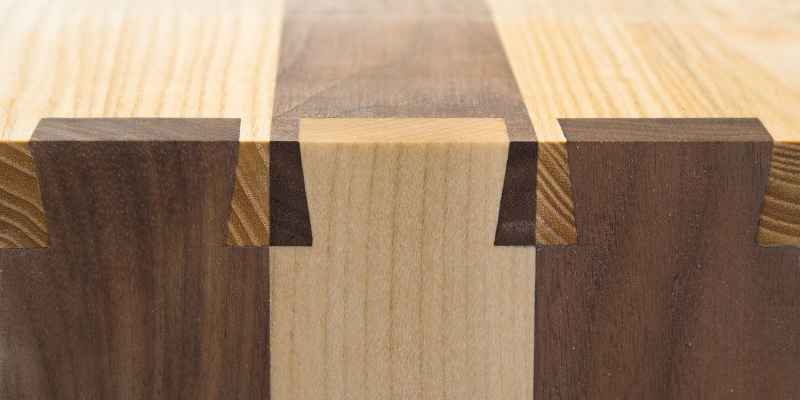Joining two boards lengthwise is a common woodworking technique that can be used to create larger panels or stronger structures. Whether you are a seasoned woodworker or just starting out, it is important to understand the various methods available to achieve this type of joint. In this article, we will explore some of the most popular methods and provide step-by-step instructions to help you join two boards lengthwise successfully.

Method 1: Simple Butt Joint
A simple butt joint is the easiest and quickest way to join two boards lengthwise. It involves simply placing the two boards next to each other and securing them with screws or nails. While this method is simple, it does not provide the strongest joint, as the end grain of the boards is exposed. To strengthen the joint, you can reinforce it with a dowel or biscuit.
- Measure and mark the desired length for your joint on both boards.
- Place the boards next to each other, ensuring that the ends are flush.
- Drill pilot holes through both boards at regular intervals.
- Insert screws or nails into the pilot holes to secure the boards together. Alternatively, you can use a dowel or biscuit to reinforce the joint.
- If using a dowel, drill corresponding holes on both boards and insert the dowel.
- Apply wood glue to the joint for added strength and let it dry.
- Sand the joint to create a smooth, seamless finish.
Method 2: Tongue and Groove Joint
A tongue and groove joint is a more advanced method of joining two boards lengthwise. It creates a tight, interlocking connection that is both strong and aesthetically pleasing. This joint is commonly used for flooring, paneling, and tabletops.
- Using a table saw, cut a groove along the length of one board, and a corresponding tongue along the other board.
- Test the fit by inserting the tongue into the groove. Make any necessary adjustments to achieve a snug fit.
- Apply wood glue to the tongue and insert it into the groove.
- Secure the boards together with clamps and wipe off any excess glue.
- Let the glue dry according to the manufacturer’s instructions.
- Trim and sand the joint to create a seamless finish.
Method 3: Biscuit Joint
A biscuit joint is another popular method for joining two boards lengthwise. This technique uses a biscuit joiner to create slots in the boards, into which small wooden biscuits are inserted. The biscuits provide additional strength and alignment to the joint.
- Mark the location of the biscuit slots on both boards using a biscuit joiner.
- Using the biscuit joiner, cut slots on both boards.
- Apply wood glue to the slots and insert the biscuits.
- Join the boards together, making sure the biscuits align correctly.
- Clamp the boards together and wipe off any excess glue.
- Allow the glue to dry completely.
- Once dry, trim and sand the joint for a seamless finish.
By utilizing these methods, you can confidently join two boards lengthwise, creating a strong and durable joint. Remember to take the time to measure and mark accurately, use appropriate clamping techniques, and let the glue dry fully for the best results. Now, armed with this knowledge, you can embark on your woodworking projects with confidence and precision!


